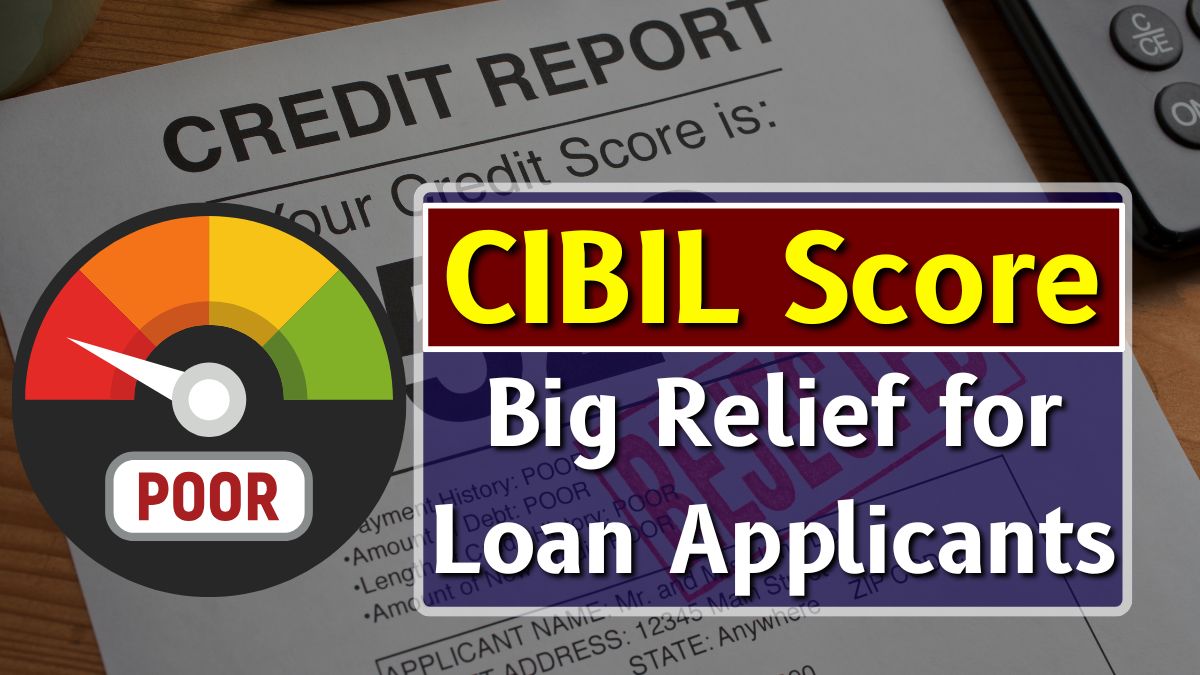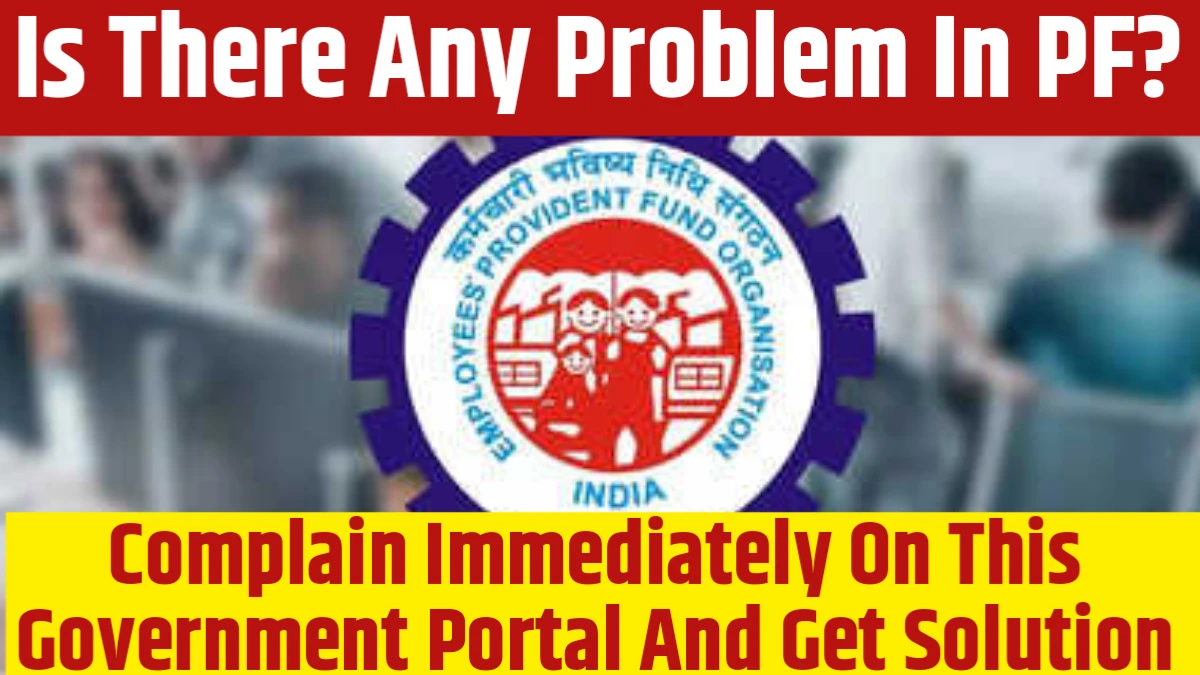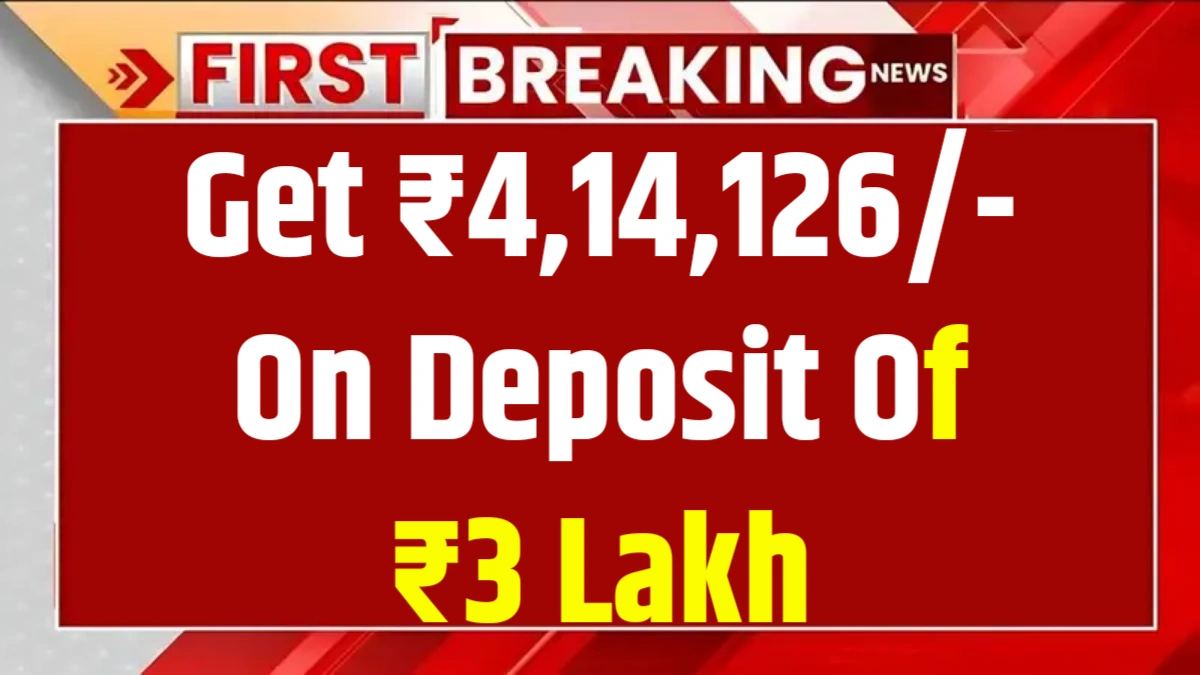Till now, your credit score was updated once every 15 days. This meant that even if you paid off a loan or credit card, the change didn’t reflect immediately.
But that’s about to change.
The RBI is pushing credit bureaus (like CIBIL) and lenders to move toward a real-time credit score system. That means your score will instantly reflect loan repayments, EMIs cleared, or new borrowings—removing delays and surprises in the loan process.
RBI Brings Big Relief for Loan Applicants in 2025
According to RBI’s roadmap, the goal is to:
- Improve data accuracy
- Build trust in credit systems
- Help borrowers make informed choices
- Speed up lending decisions for banks and NBFCs
RBI’s Deputy Governor M. Rajeshwar Rao recently emphasized the need for transparency, efficiency, and accountability. He stated that credit companies will now be required to offer better digital services and maintain real-time, error-free credit information.
Real-Time CIBIL Score Update
If you’ve ever had to wait weeks for your CIBIL score to rise after clearing your dues, you already know how this delay can affect:
- Loan eligibility
- Interest rates
- Credit card approvals
Now, with real-time score updates:
- You’ll see instant improvements after paying EMIs
- Loan approvals could get faster
- You’ll have more control over your financial image
That’s a big relief, especially for salaried individuals and small business owners.
RBI’s Focus: Awareness + Accuracy = Responsible Borrowing
RBI has also asked banks and NBFCs to spread awareness about credit scores and how they work.
Many people don’t realize that even small things—like missing one EMI or using services like Ola or Zomato Pay Later—can hurt their score.
By encouraging credit education, RBI believes borrowers will:
- Borrow only what they can repay
- Keep an eye on their credit behavior
- Avoid unnecessary rejections
In turn, this will lead to healthier credit demand across the economy.
What Will Change for Credit Companies?
Credit Information Companies (CICs) like CIBIL will need to:
- Invest in real-time tech infrastructure
- Build secure, unique customer IDs
- Offer faster and transparent customer service
This means fewer delays, fewer errors, and better experiences for users like you.
Quick Reference Table: Real-Time CIBIL Update
| Detail | Current System | Upcoming Change (RBI Plan) |
|---|---|---|
| Score Update Frequency | Every 15 days | Real-time or near real-time |
| Impact of EMI Payments | Reflected late | Updated immediately |
| User Experience | Delays, errors | More accurate and faster |
| Loan Approval Speed | Slower | Faster, more reliable |
| RBI’s Objective | Limited monitoring | High accuracy & transparency |
What Is CIBIL Score? (For Those Still Unsure)
Your CIBIL score is a 3-digit number (300–900) that reflects your creditworthiness. It’s calculated based on your:
- Loan repayment history
- Credit card usage
- Outstanding dues
- Number of active credit accounts
A higher score (above 750) makes it easier for you to get quick loans, lower interest rates, and better credit card offers.
Final Thought: It’s Not Just a Number—It’s Your Financial Identity
RBI’s real-time update initiative is a major step toward building a transparent and customer-friendly credit system in India.
If you’ve been trying to rebuild or improve your CIBIL score, this change could finally give you the instant visibility and control you’ve been waiting for.
Don’t ignore your credit score—check it regularly and make timely payments.
Because now, every payment could show up immediately—and every mistake too.
Frequently Asked Questions
Q1. Will I need to do anything to get real-time updates?
No. Your score will be updated automatically once banks and CICs roll out the new system.
Q2. Will this impact my old loan records?
No. Historical data remains as is, but future transactions will reflect much faster.
Q3. Is this only for CIBIL?
No. RBI’s order applies to all Credit Information Companies in India (like Experian, Equifax, etc.).
Q4. Can I see my score for free?
Yes! You are entitled to one free credit report every year from each bureau. Visit cibil.com or your bank app to check.










